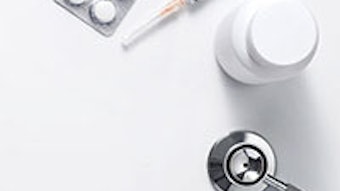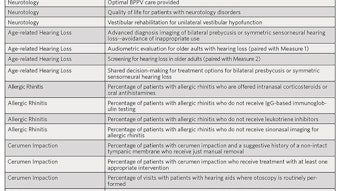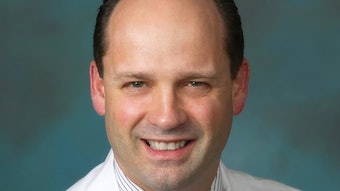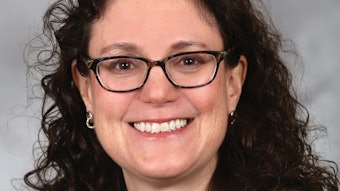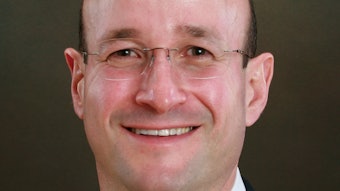Clinical Consensus Statement: BDS update
In keeping with the AAO-HNSF’s longstanding tradition of evidence-based reviews to aid physicians in providing safe and efficacious care for their patients, a Clinical Consensus Statement: Balloon Dilation of the Sinuses (BDS) was previewed at our recent Annual Meeting in Chicago, IL.
Spencer C. Payne, MD
Assistant Chair, CCS Development Panel
In keeping with the AAO-HNSF’s longstanding tradition of evidence-based reviews to aid physicians in providing safe and efficacious care for their patients, a Clinical Consensus Statement: Balloon Dilation of the Sinuses (BDS) was previewed at our recent Annual Meeting in Chicago, IL.
An expert panel, representing stakeholders from within the organization and relevant specialty societies, reviewed available published evidence using a standard protocol. Consensus was achieved on the included statements through three Delphi survey rounds and robust discussion among group members. The Consensus Statement and accompanying companion article will act as a touchstone for physicians but are not intended as a standard of care or in any way to limit the ability of a physician to provide the most appropriate care for their patient.
The statements were generated along three thematic lines: patient criteria, perioperative considerations, and outcomes. The following is a summary of the major statements from each of these three categories that will be published along with detailed discussions of each in the near future.
Patient criteria
The panel met consensus on several statements regarding the appropriateness of BDS in the absence of guideline-defined sinusitis. Specifically, BDS is not appropriate for headache or sleep apnea in the absence of criteria for chronic rhinosinusitis (CRS) or recurrent acute rhinosinusitis (RARS). Further, while guidelines allow for the use of endoscopic findings in the diagnosis of CRS, consensus was made on two different statements that balloon dilation for CRS is not appropriate in the absence of CT findings. This distinction was also applied to RARS where the panel did agree that there is a role for BDS when ostial occlusion and mucosal thickening are noted on CT scan. These statements acknowledge the wide differential of sinonasal symptoms that may have alternate causes other than sinusitis when in the setting of a negative CT scan.
Perioperative considerations
A major advantage of BDS is the ability to move sinus care out of the OR and into the office. The advantages for patient and the healthcare economy are obvious. The panel reinforced the appropriateness of this with two different statements, specifically that BDS can be performed under local anesthesia and can be performed in any setting as long as proper precautions are taken, and appropriate monitoring is performed.
Outcomes
In terms of the evidence regarding outcomes after BDS, the panel held much deliberation. It was agreed that BDS can improve short term quality of life in limited CRS without polyps including frontal sinusitis. However, only near consensus could be reached on its efficacy in the maxillary. Further, the panel struggled with definitions of limited, mild, moderate, or severe disease and how to apply these across the disease spectrum. Future consensus on a number of statements would be bolstered by more focused research.
Conclusion
In summary, BDS is a useful tool for the management of CRS and RARS. The panel reached consensus on a number of statements that will foster safe and efficacious use of this technology for our patients.


